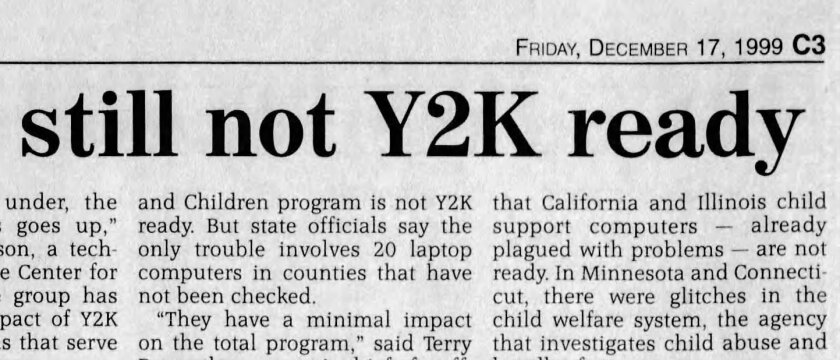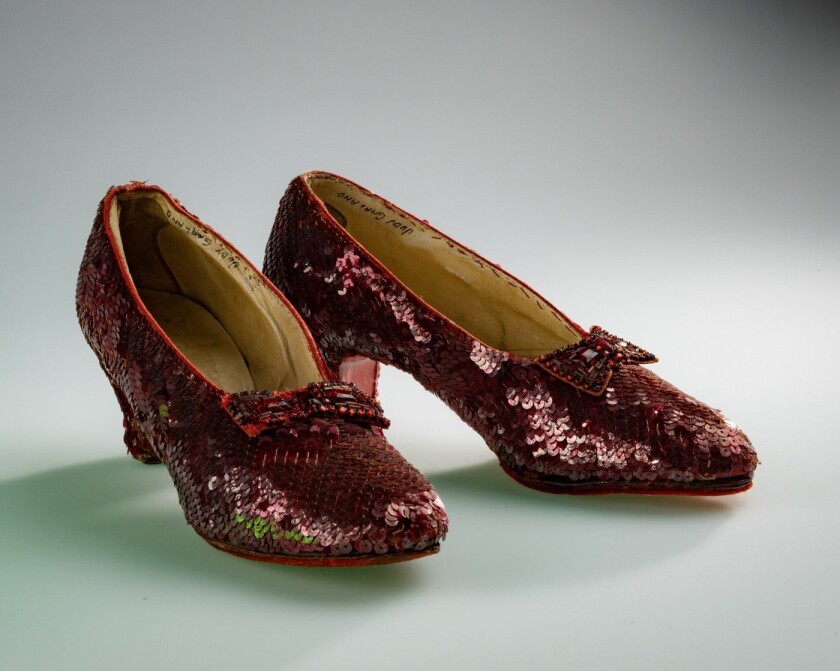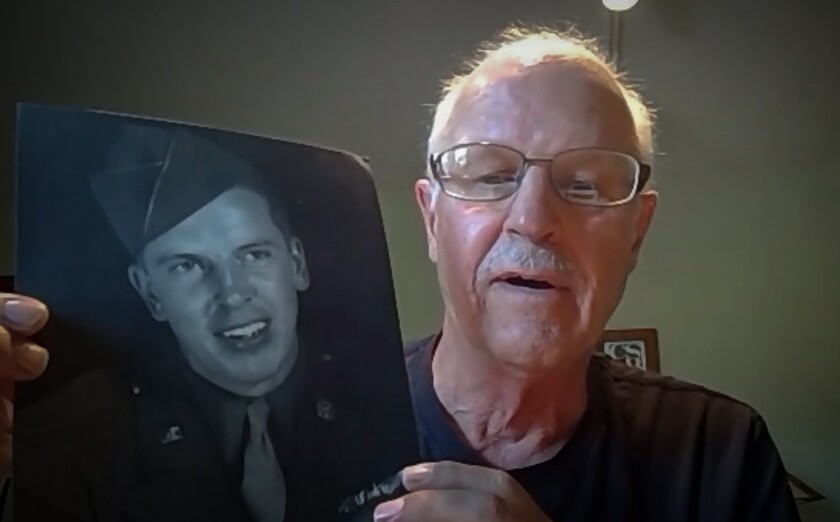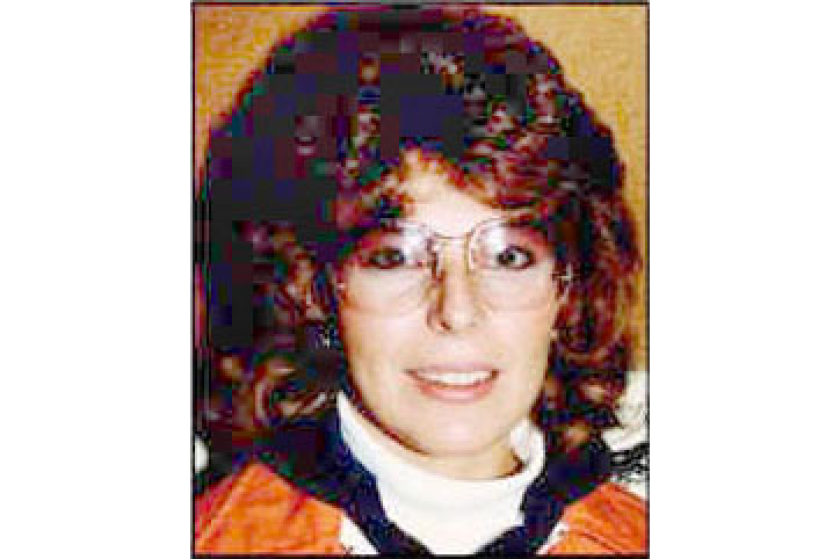CHERRY, Minn. — Minnesotans running for president haven’t had much luck.
Hubert Humphrey and Walter Mondale, both Democrats, lost the general elections in 1968 and 1984 to Republicans Richard Nixon and Ronald Reagan, respectively.
ADVERTISEMENT
But no Minnesotan has run for president in the general election as often — and earned as few votes — as Cherry, Minnesota, native Gus Hall.
As general secretary of the Communist Party USA, Hall ran for president four times — 1972, 1976, 1980 and 1984 — but never earned even a tenth of a percent of the popular vote. He earned the most votes in 1976, when
Born in Cherry in 1910 as Arvo Kusta Halberg to Finnish immigrants (he changed his name to Gus Hall in the 1930s while organizing steelworkers in Ohio), Hall grew up in a large, poor family with “the best library,” according to a Nov. 2, 1980, article in the Duluth News Tribune.
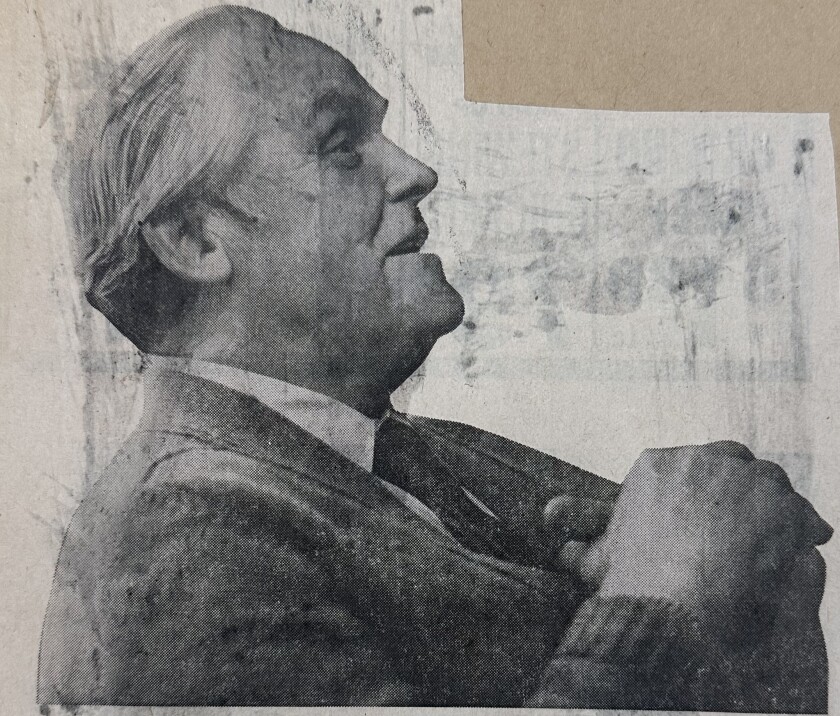
The article, detailing a campaign stop in Virginia, said Hall went to work in the lumber camps around Cotton and Lake Vermilion at age 15, which, on top of a communist upbringing, became an experience that only solidified his political views.
“Working in lumber camps in those days would make a communist out of anybody,” Hall said, according to a Boston Globe article published in the News Tribune on Jan. 24, 1993.
His working-class upbringing was central to his communist origin story.
But it wasn’t always accurate, according to Tuomas Savonen, who spent 15 years studying Hall, the subject of
ADVERTISEMENT
For example, the poor conditions in lumber camps were likely depicted as worse than they were. His dissertation describes a Hall claim to Newsweek in 1984 as “close to unbelievable.” Hall claimed that when he and other lumberjacks slept two to a bunk, his bunkmate died and Hall had to keep sleeping in the bunk with the corpse for days.
Hall also claimed maggots were regularly in the lumber camp beef, which Savonen wrote resembled a scene in the classic Soviet film
“You could really see that he was exaggerating quite a lot. … He wanted to have a proper life story to become a real communist leader,” Savonen, a reporter for the Finnish News Agency covering politics in Helsinki, Finland, told the News Tribune. He also published
The book, "Moskovan mies vakoilun verkossa" ("Moscow's Man Entangled in Espionage"), was released in 2023. Savonen is looking for a publishing house in the U.S. to translate and release an English version of the book.
Later, as leader of the American communist party, Hall’s life was far from a class struggle, largely thanks to millions of dollars in financial assistance from the Communist Party of the Soviet Union to Communist Party USA.
“He loved his fancy suits … and he had the fine Arabian racehorses shipped back to Cherry to his sister to raise,” said Aaron Brown, an Iron Range historian and author, who interviewed Hall in 1999 as a 19-year-old reporter working on a series about famous people from the Cherry area. “And he was a man who liked the finer things, and yet he was also purporting to be a man of the people and, of course, the communist message.”
Hall, who died in 2000 at age 90, lived in a nice house in Yonkers, New York, and commuted to the Communist Party USA headquarters in Manhattan every day. Savonen said he had a chauffeur, traveled first class and preferred to stay in four- and five-star hotels rather than at the homes of party comrades.
ADVERTISEMENT
All the while, some of his friends in Communist Party USA were feeding information to the FBI about Hall and the party's activity,
Savonen said that although the Soviet Union didn’t believe Hall was very efficient — despite all the money he received, he couldn’t grow the party — they appreciated his loyalty.

That Soviet loyalty began in the early 1930s when Hall studied at Moscow’s International Lenin ��������.
“After coming back from the Soviet Union, he spoke very highly of the Soviet Union, he was like, ‘Oh, it’s such a perfect society,’ which, of course, it was not,” Savonen said. “Especially then in the early 30s, the whole society was a complete mess. And it was the worst years of Stalin’s dictatorship.”
According to Savonen’s dissertation, Hall returned to the U.S. and settled in late 1932 or early 1933 in Minneapolis, where he was a district organizer for the Young Communist League, part of Communist Party USA. There, he participated in the Teamsters 1934 strike, and, according to another organizer, took part in some of the street fights.
He would then move to Ohio, where he changed his name from Arvo Halberg to Gus Hall so he could work at a steel mill with the intent of organizing its workers. He would become a leader in the 1937 Little Steel Strike, which saw thousands of steelworkers walk off at several steel companies’ mills in a violent strike that left 17 strikers and strike supporters dead. The Chicago Police Department shot and killed 10 demonstrators in what became known as the Memorial Day Massacre.
Hall and other organizers also used violent means, though no one died as a result of their actions. Savonen wrote in his dissertation that Hall “extolled” the strikers who shot at Republic Steel airplanes, and later, Hall was charged for allegedly being the ring leader in a series of bombings during the strike. But after his trial was repeatedly delayed, he pleaded guilty to a lesser charge and was fined $500.
ADVERTISEMENT
Hall’s attitude toward violence mellowed after the birth of his daughter in 1938, Savonen said.
“After that, he became more peaceful in his ways of doing things,” Savonen told the News Tribune. “He was not that violence-prone anymore.”
Hall would go on to serve in the U.S. Navy in the Pacific Theater in the final months of WWII.
Back in the U.S., Hall faced more legal issues.
In 1951, he was among the communists facing five years in prison under the Smith Act for advocating or teaching the overthrow of the U.S. government. He served the sentence after initially fleeing to Mexico, but the U.S. Supreme Court overturned convictions under the Smith Act in 1957.
By 1959, he took his post as general secretary of the Communist Party USA, and his devotion to the Soviet Union continued even after it fell in 1991. However, the Communist Party USA, which he led until his death, was never a powerful political force in the country; its membership remained small.
That became his legacy, overshadowing his role in unionizing steelworkers in the 1930s as an organizer for the Steelworkers Organizing Committee, a precursor to the which today represents employees at every operating taconite mine in Minnesota and steel mills across the country.
ADVERTISEMENT
“You can take and say he was ineffective and too wedded to the Soviets later in life, but in his young organizing days, he played a very crucial role in building industrial unions in the United States,” Brown said. “And so, he’s a mixed bag of historical value.”











